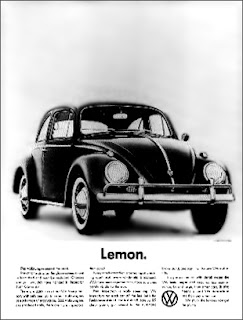Body image,
especially in the realm of women, has long been a subject of many debates and
controversies. The overwhelming desire to be thin is something that is no
stranger to American women. Women have turned to crash diets and gimmicks for
ages to maintain a skinnier figure, but when did this obsession with the
perfect body come into play?
Throughout Season
1 of Mad Men, body image has played
an integral role in terms of the female characters. Betty Draper dapples in a
modeling career during Season 1, and shows a personal worry of gaining weight
when alluding to her mother, who told her that she would end up “stout” if she
kept eating hot dogs. There’s no doubt that the women of the show appear very
thin for the most part. However, their lack of exercise or physical activity
due to domestic or clerical confinement doesn’t seem to contribute to their
slim figures. Why were they so thin?
Marilyn Monroe, an
iconic actress and sex symbol, was an ideal woman to idolize during the 1950’s.
Her size 14 frame, though, wouldn’t necessarily categorize her as petite once
the era of the 1960’s rolled around. A British supermodel, Twiggy Lawson,
appeared as the iconic woman during this time period. Her bony frame became the
new desire, which overturned the want for a more curvaceous or voluptuous body
type. As women began to progress away from the housewife status, less
traditional styles were beginning to emerge. Women subsequently began to crave
a modelesque figure, something that they viewed as being very chic and something
which coincided with the more mod styles of fashion that were being introduced.
Just like in the
series of Mad Men, advertising became
a very crucial part in promoting the idea that a woman should strive to be
thinner. Many massage type products, similar to Peggy’s “Relaxerciser”,
promised a modelesque frame with minimal exercise. The idea of ‘diet’ soft
drinks and artificial sweeteners alike created a frenzy in the advertising
industry as well. Products like Diet Pepsi and Sweet’ N Low were introduced and
took off quickly. The effectiveness of such ad campaigns are clear…as they are
still very popular products by today’s standards! The 1960’s introduction of a more
independent and chic woman, achieved by the means of being slim, has had a
great deal of influence on female body image. To this day, the obsession of
being thin is still reflected in the media. A very high spike in eating
disorders, such as anorexia and bulimia, has become evident among not just
women, but very young girls. Such issues provoke the question of just what is a
healthy body image. The 1960’s thin craze was surely fueled by advertising, and
has left us women with the longstanding idea that skinny does sell!
Links referenced:














